Earth is our home and a fascinating place it is. We’ve spent our entire existence here and, in some circumstances, know more about other planets than parts of our own planet.
However, what we have discovered about Earth is truly astounding. So, let’s take a look at some amazing facts about our planet.
We’ve got a ways to go, so let’s get stuck in.
1. Earth is not actually a sphere

Contrary to what most people may think, the Earth is not actually a perfect sphere. It is actually a shape called an oblate spheroid.
But what exactly does this mean? Well, put simply, the Earth is wider at the equator than the poles. It is, basically, a flattened sphere.
This shape is a consequence of Earth’s spin about its axis. The difference is very slight, on the scale of the planet, with the diameter of the Earth at the equator about 26.7 miles (43 km) larger than the pole-to-pole diameter.
2. The Earth is made mostly of just four elements

If you could grind down, melt, and filter the entire mass of Earth, most of the stuff you’d get would consist of just four different elements. These are, in order of concentration, iron (32.1%), oxygen (30.1%), silicon (15.1%), and magnesium (13.9%). The remaining 8.8% is everything else.
Most of this iron is located at the core of the Earth, and the silicon and oxygen tend to make up something called silicate (Silicon oxide, SiO4) which, if you counted it as a single substance, would be the most common by mass.
If you could actually get down and sample the core, it would be 88% iron. And if you sampled the Earth’s crust, you’d find that around 46% of it is oxygen.
3. A day isn’t quite 24 hours

Also, contrary to what most of us have come to believe, a day on Earth isn’t quite 24 hours. In fact, at present, the Earth rotates completely around its axis once every 23 hours, 56 minutes, and 4 seconds.
This is technically called the Sidereal Day — the time it takes for the Earth to complete one rotation about its axis with respect to the ‘fixed’ stars. A solar day is the time that takes for the Earth to rotate about its axis so that the Sun appears in the same position in the sky.
Now, before you get worried that that “lost” 4 minutes would quickly add up to throw off our days and nights, remember that the Earth also orbits the Sun. So, in the time it takes the Earth to spin once around its axis, it also moves along its orbit by around 2.5 million kilometers. This means that the Earth moves around the Sun by about 1o a day, which effectively “cancels” out the apparent discrepancy.
Interestingly, it is believed that the Earth is very gradually slowing down over time. This means that a day in the past was longer than today and will be longer in the future.
4. And a year isn’t 365 days, either
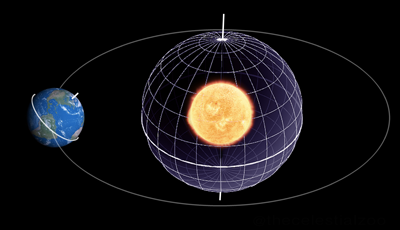
Since we are on the subject of the passage of time on Earth, you might be surprised to learn that a year isn’t actually 365 days. In fact, the Earth completes one full orbit of the Sun every 365.2564 days.
That extra roughly a quarter of a day is the reason we get a Leap year every four years.
5. As far as we know, Earth is the only life-harboring planet

The only planet we know for certain has life on it is our beloved planet Earth. This doesn’t mean that other planets don’t, but we haven’t found any signs of it yet.
Many other worlds have the building blocks like water, organic molecules, amino acids, etc, but as yet we’ve not found any other lifeforms.
Assuming, of course, we would even recognize it if we found it.
6. Gravity is not the same across the planet

Despite what you may instinctively believe, the Earth’s gravitational field is not even across the planet. Just like the varying terrain of the planet’s surface, the gravitational field of Earth is very bumpy indeed.
This is for a variety of reasons but is primarily dictated by the distance between the surface and the Earth’s center. So, on top of a mountain, since this is slightly further away from the center, Earth’s gravity will actually decrease ever so slightly.
However, over a larger area, mountain ranges will tend to have a higher gravitational field due to the increased mass.
Also, as we discovered earlier, the Earth isn’t a perfect sphere either. If it were, the gravitational field would be, more or less, equal everywhere. Gravity is also weaker at the equator because of centrifugal forces produced by the planet’s rotation.
7. An entire class of planets is named in Earth’s honor

Earth, also known as Terra in Latin, is what is classified as a terrestrial planet (from the root “terr”). This simply means that planets of this class are composed mainly of silicate rocks or metals.
In our Solar System, other terrestrial planets include Mercury, Venus, and Mars.
8. The vast majority of fresh water on Earth is frozen

Despite 70% of the Earth’s surface being covered with water, only about 2.5% is freshwater.
Of course, that is still a lot of water, but even all of that isn’t freely accessible to life on Earth. Of that 2.5%, something like 70% is locked up in ice, with another 7% contained in soil moisture and the atmosphere. The rest, almost a rounding error on the grander scale, is free for life to consume.
“Water, water everywhere, but not a drop to drink,” as the old adage goes.
9. Earth has more than one moon, sort of

The Moon is Earth’s only natural satellite, right? Think again.
In actual fact, there are two other large bodies that (sort of) orbit the Earth called 3753 Cruithne and Asteroid 2002 AA29.
These are actually captured asteroids that actually orbit the Sun but are also very close to Earth from time to time. Both of these asteroids come very close to Earth—as close as 3.9 million miles every 95 years.
10. Earth’s crust is in constant motion

Believe it or not, the Earth’s crust is not fixed. It is constantly in motion and forever changing.
The Earth’s crust is not one solid mass but rather a collection of large and small pieces or plates. Convection currents of very hot molten rock in the mantle constantly push and pull these plates around in a process known as plate tectonics.
The plates crack in some places, new rock is formed, and older, heavier plates sink back into the mantle to melt again. It is this process that helps form volcanoes, mountain ranges, faults, and causes related natural disasters like earthquakes, etc.
For this reason, the current map of the world is only temporary and will change over millions of years.
11. Lightning never strikes twice but does strike a lot

Amazingly, there are somewhere in the order of 6,000 lightning strikes on Earth every single minute.
Yes, that’s right, every minute!
And, of course, lightning often does strike the same spot twice. Between 2015 and 2020, the Willis Tower in Chicago was hit by lightning 250 times. Even people can be hit more than once. Park ranger Roy Sullivan (1912-1983) was struck by lightning seven times in his life and survived each time.
12. The Earth’s largest living thing is drum roll, please
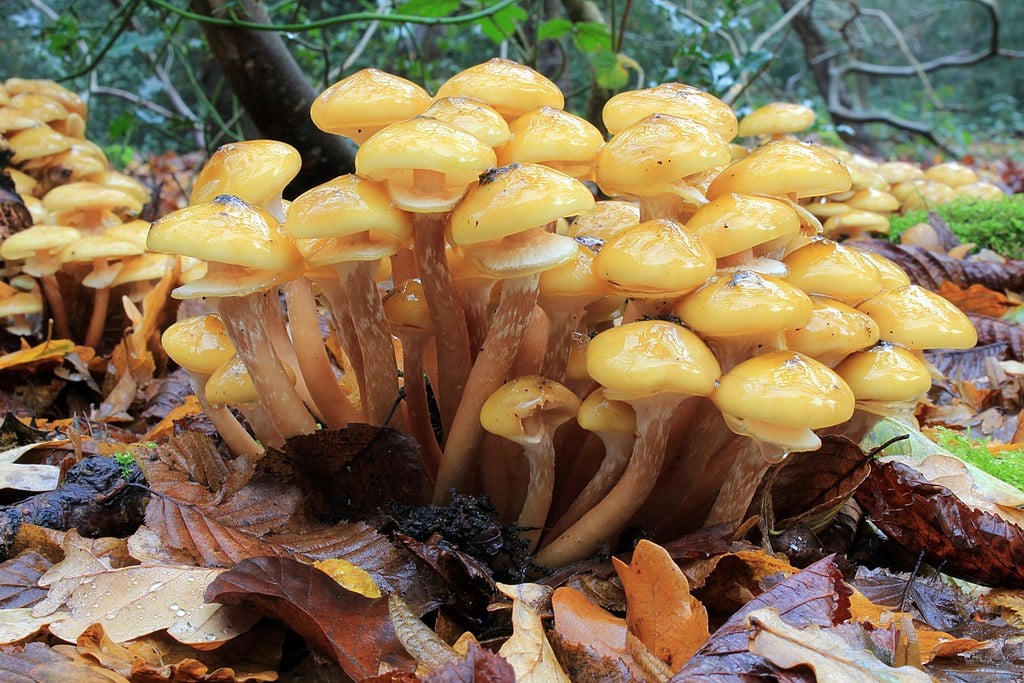
What’s the largest living thing on planet Earth? Believe it or not, it is not the blue whale or a tapeworm but is, in fact, a gigantic fungus.
Known as the honey mushroom (Armillaria ostoyae), one single example of this fungus covers 2,384 acres in Oregon’s Blue Mountains.
13. The Moon and Earth are doomed to divorce
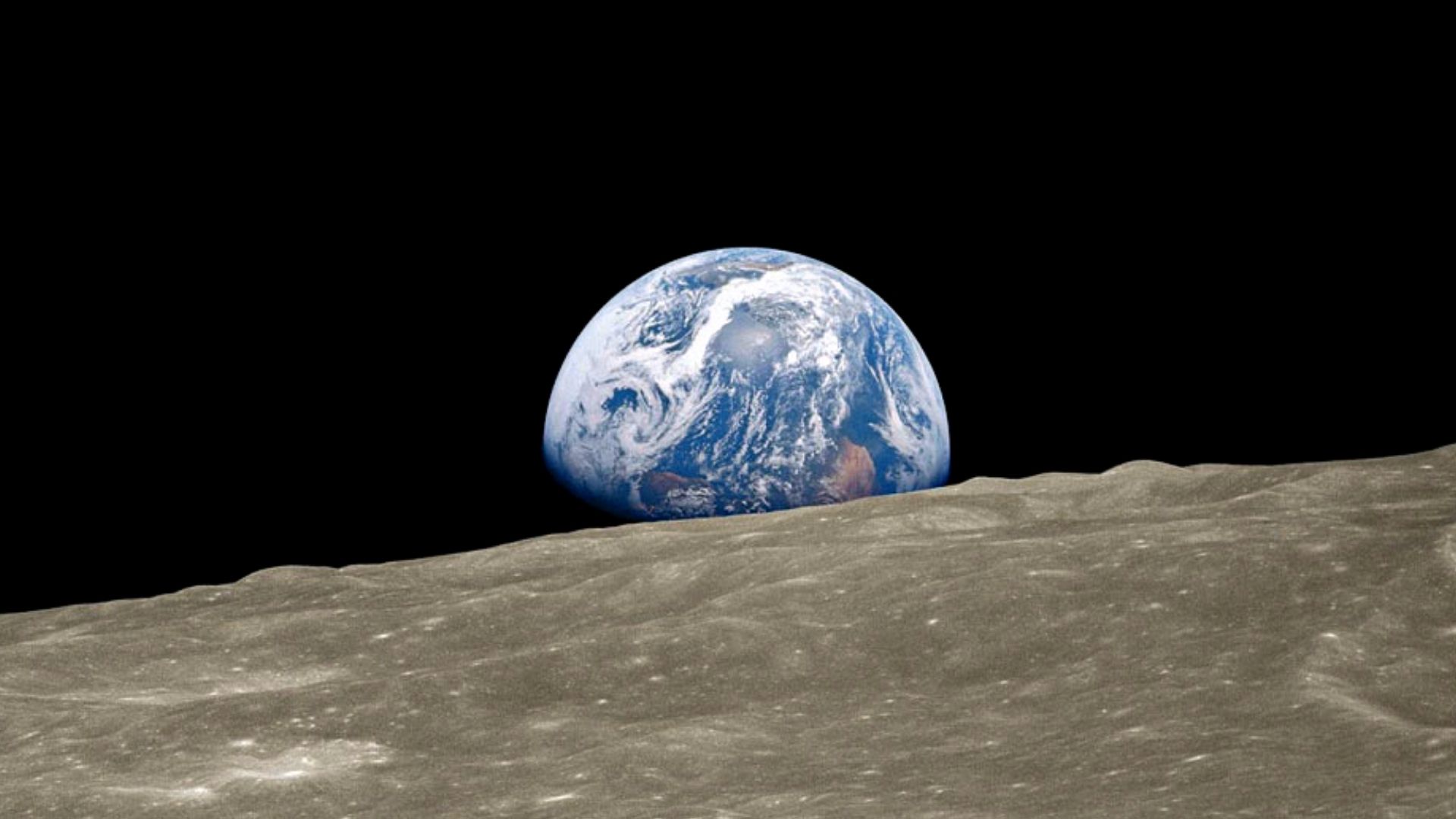
Once upon a time, the Moon was much closer to Earth than it is today. Over millions, and billions of years, the distance between them is actually growing.
This is imperceptible to us on Earth, but the Moon actually moves away from us at around 1.48 inches (3.78 cm) per year.
This means that a month was much shorter in the past and will be longer in the future. The Moon will also break free of Earth’s gravitational influence in around 15 billion years.
Of course, the Sun will have bloated and destroyed Earth by then anyway, so don’t worry.
14. The Earth’s tilt actually changes from time to time

Believe it or not, the Earth’s tilt actually fluctuates over time. Called obliquity, over the last million years, it has varied between 22.1 and 24.5 degrees with respect to Earth’s orbital plane.
This has a dramatic effect on the Earth’s climate and seasons, as each hemisphere receives more solar radiation during its summers. Vice versa for its winters too.
Discovered by the late Serbian mathematician, astronomer, climatologist, and geophysicist Milutin Milankovitch, this is one of the major driving forces for Earth’s climate over time, with larger tilt angles favoring periods of deglaciation (the melting and retreat of glaciers and ice sheets).
Earth’s axis is currently tilted 23.4 degrees. That is about halfway between its two historic extremes. This angle is very slowly decreasing in a cycle that spans about 41,000 years.
We currently have no idea why this happens, but its existence is well established in the climate and planetary sciences.
15. The Earth’s orbit also varies over time
Not only does Earth’s tilt change over time, but so too does its orbit around the Sun. Another discovery of Milutin Milankovitch, Earth’s orbit changes from roughly circular to roughly ellipse-shaped in a cycle that spans around 100,000 years or so.
Called eccentricity, this change in orbit is believed to be caused by the influence of Jupiter and Saturn on Earth over regular periods.
When Earth’s orbit is more elliptical, roughly 23% more incoming solar radiation reaches Earth at our planet’s closest approach to the Sun every year. At present, Earth’s eccentricity is near its least elliptic (most circular) and is very slowly decreasing.
This does have an impact on Earth’s climate cycle, but it is relatively less important than other factors.
16. The Earth also wobbles like a top
Not only does the Earth’s tilt change from time to time, but the entire axis actually wobbles over time – just like a spinning top.
Called axial precession, the trend in the direction of this wobble occurs in a cycle that lasts roughly 26,000 years or so. Made common knowledge by Milutin Milankovitch, tidal forces from the Sun and Moon are believed to be the reason for this movement.
In the past, Earth’s precession was called the “precession of the equinoxes” because the equinoxes moved westward along the ecliptic in relation to the fixed stars. This is the opposite of how the Sun moves along the ecliptic every year.
It is widely believed that this was first observed by the 2nd-century BC astronomer Hipparchus.
17. The Earth’s circumference is 24,901 miles
If you prefer kilometers, that comes in at around 40,075 km.
18. There are a lot of people on Earth
The current estimate for the population of the world, as of June 2022, is about 8 billion and growing.
19. And most of them live in Asia
Of the total population of the planet, 60 percent or so, can be found in Asia. This includes nations like the People’s Republic of China, India, and parts of the Russian Federation.
20. The Earth is full of contradictions
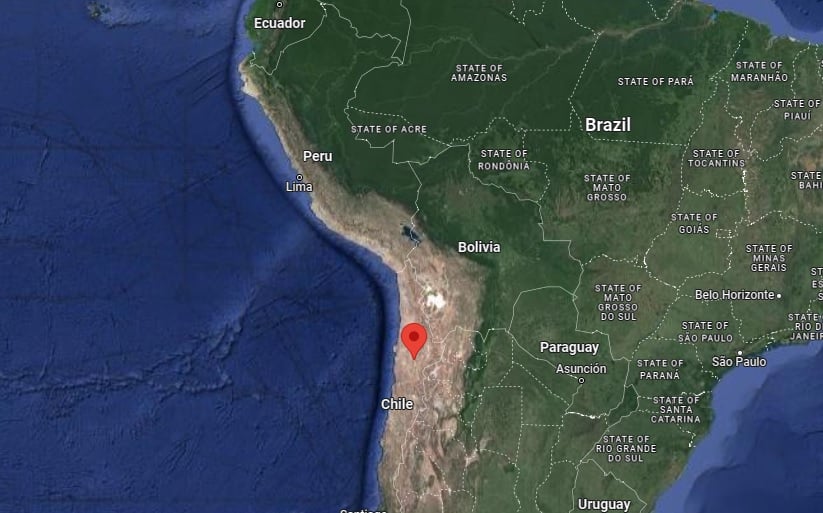
The planet Earth is a very complex system and, at times, can create some very strange contradictions. For example, the driest place on the planet, and the largest body of water lie right next to each other.
The former is the Atacama desert; the latter is the enormous Pacific Ocean.
21. Antarctica is actually a very cold desert
On the subject of deserts, the continent of Antarctica is, technically speaking, also one. Since a desert is actually defined by its annual average rainfall, rather than being a massive expanse of sand, etc., Antarctica easily meets the requirements.
22. There are some parts of the world below sea level not covered by the ocean
Sticking with Antarctica a moment, there are some parts of its land that are thousands of feet/meters below sea level. Some parts of the Bentley Subglacial Trench in Antarctica are actually 8,383 feet (2,555 m) below sea level.
The reason these areas are not flooded is that they are covered in many thousands of feet of ice.
23. Light takes about 8 minutes to get to us
You probably already know this one, but the light from the Sun takes about 8 minutes and 20 seconds to get to us. Even though the light is incredibly fast, Earth is so far away, 93 million miles (151.92 million km) in fact, that it still takes minutes to travel the distance.
24. Earth’s magnetic field reverses over time
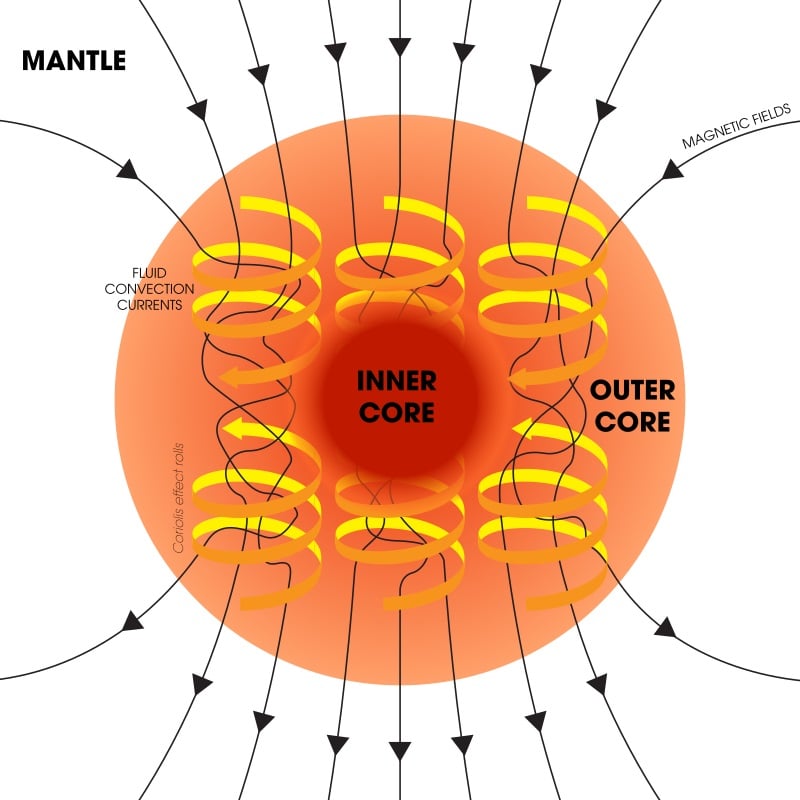
Responsible for keeping Earth safe from the ravages of solar winds, the Earth’s magnetic field is largely the reason life can survive here. But, for reasons not fully understood, this field weakens, collapses, and reverses from time to time.
Occurring on cycles of around 3 to 4 times every million years, it is unclear if this poses a potentially serious problem for life on Earth. It has happened so often, for so long, that it appears to have never caused large-scale extinctions, though some claim it may.
However, in our modern, technologically dependent civilization, the next one might be pretty serious for us all.
25. And that one is well overdue
Not to scare you too much, but the next magnetic field reversal is well overdue. In fact, as of 2012, it is late by perhaps about 400,000 thousand years (the last one was 780,000 years ago, and they occur roughly every 300,000 years, on average).
26. We know more about space than some of our oceans
Despite the world’s oceans being much easier (you’d think) to explore than some other worlds, we know very little about the oceans. According to some estimates, we have only fully explored something like 20% of the oceans.
27. Some rocks can actually move by themselves
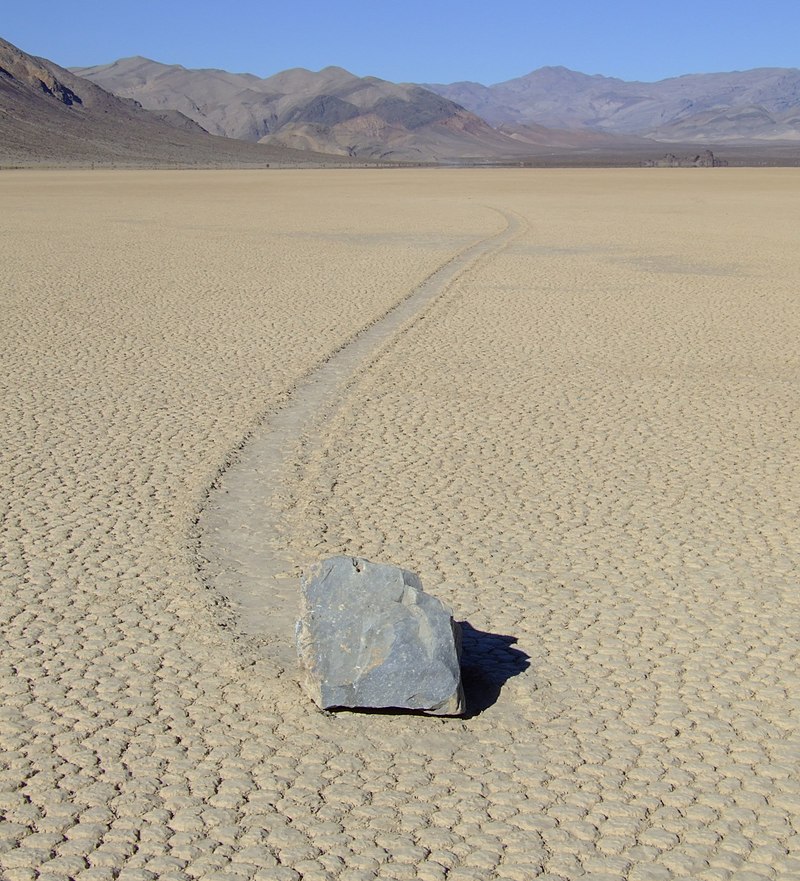
Have you ever heard of the “walking rocks” or “sailing stones” of Death Valley? In a place called Racetrack Playa. California, you can actually find evidence that some exposed rocks appear to move across the surface of the playa on their own.
The movement is thought to be caused by a sequence of rare events that begin when rain falls and forms large, ephemeral ponds. These then freeze overnight to form large, thin sheets of ice. The sheets then melt and break up in the midday sun. Driven by a light wind, the sheets slowly push the rocks forward, leaving their telltale trails behind them.
28. The Earth gains mass every year
Believe it or not, the Earth actually gains some mass throughout the year – as much as 40 to 50 tons a day. Coming from things like comet trails and meteorites, this stuff gets caught by Earth’s gravity and rains down to the surface.
29. But, Earth also loses mass every year too
At the same time as Earth is gaining mass, the planet is also losing several hundred tons of mass into space every day as gases leak out of the upper atmosphere. Estimates vary (since it is nearly impossible to accurately quantify), but some scientists estimate that the Earth gains about 44,000 tons of material each year from the accretion of space dust but loses about 104,000 tons of hydrogen gas from the atmosphere.
30. There’s gold in them there… oceans
The world’s oceans might be the literal motherlode when it comes to gold. By some estimates, it could contain as much as 20 million tons of the precious metal.
However, this gold is dissolved in the water and accounts for something like one part in 12 billion in a liter of seawater. For this reason, it is probably never going to be economically viable to attempt to “mine” it.
31. The world’s most powerful earthquake hit Chile in the 1960s
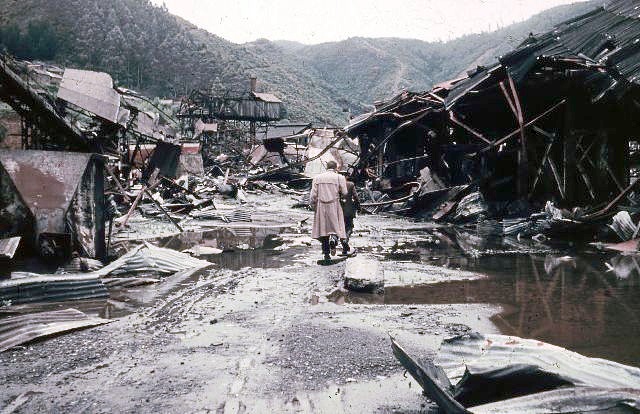
The largest yet recorded earthquake hit 100 miles off the coast of Valdivia in Chile in May of 1960. It had a whopping magnitude of 9.5 on the Richter scale, and this “record” is yet to be topped.
32. Earth’s tallest mountain is technically Mount Chimborazo
If you were to define the tallest mountain in terms of distance from the Earth’s core, then Mount Chimborazo in Ecuador would win hands down.
33. The Earth’s crust appears to be more flexible than once thought
Water is very heavy stuff. If you freeze it and pile a lot of it in one place, it tends to push the Earth’s crust below further down into the mantle.
When this stuff melts, this results in the crust elastically “rebounding” in response. This is a very well-understood principle in geology and leads to some very interesting changes in geography over time.
34. The United States has the most volcanoes
Believe it or not, the United States of America has the highest number of volcanoes anywhere in the world, with 161. However, Indonesia has the highest number of historically active volcanoes (those for which there are written accounts of eruptions). Although, around 10 percent of volcanoes that have erupted in the past 10,000 years are located in the United States.
35. There is some rock in Canada that might be 4.28 billion years old

In Canada, there is what might be the oldest existing rock on Earth. Formed very close to the formation of the planet, the bedrock along the northeast coast of Hudson Bay, Canada, is roughly 4.28 billion years old.
It is important to note that the age of this rock is debated. However, another rock formation in Canada, the Acasta Gneiss, is agreed to be about 4.031 billion years old.
36. Depending on where you live, you could be moving thousands of miles per hour while you sleep
We’ve already covered the time it takes the Earth to spin about its axis, but depending on where you are at any moment in time, you could be traveling faster than most other people on Earth.
If, for example, you live on the equator, you’ll be speeding around at just over 1,000 miles per hour (1,600 kph)!
37. This is the hottest place on Earth
According to historical temperature data, El Azizia, Libya, is the hottest place on Earth. Records from weather stations reveal the air temperature hit 136 degrees Fahrenheit (57.8 degrees Celsius) on Sept. 13, 1922
38. Some lakes can actually explode
Cameroon has three pretty dangerous lakes called Nyos, Monoun, and Kivu. Examples of crater lakes, all three sit in active volcanic regions. As a consequence, carbon dioxide can build up over time and has been known to spontaneously explode from time to time.
39. Forget the “Blue Planet,” Earth may have been purple once
According to some scientists, the Earth may once have been purple. The idea is that ancient photosynthetic microbes might have used retinol instead of chlorophyll, which absorbs light in a different wavelength – giving the Earth a violet hue.
40. Are we all basically sitting on a giant reactor?

And finally, it is comforting to know that the Earth’s core is considered by some to be basically a gigantic georeactor. This provides the engine for plate tectonics and generates a lot of heat that eventually reaches the Earth’s surface.
Planet Earth is not only our home but is also a fascinating place in and of itself. Despite being literally our own backyard (on the scale of the Universe), we are yet to discover many parts or aspects of it.
 SHOW COMMENT (1)
SHOW COMMENT (1)










